I am an avid fan of XaoS and it has a very unique fractal called Catseye. There isn't much documentation on it, I don't know where it came from, and I have no idea what the actual formula looks like. Perhaps it can be uncovered somewhere on GitHub? It has some incredible potential when varying the bailout value and the different fractal planes. Here are some designs I worked up mostly in Julia mode.
Is anyone here familiar with such a formula, is there by chance anything like it in the UF formula database?
The first picture shown is the fractal in raw form as it appears on the XaoS screen.
Thanks in advance for suggestions.
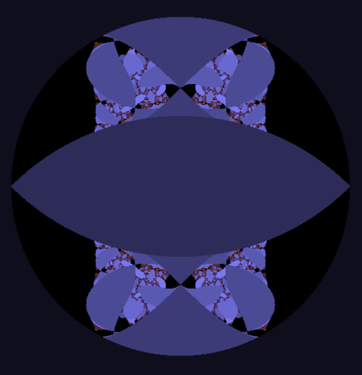
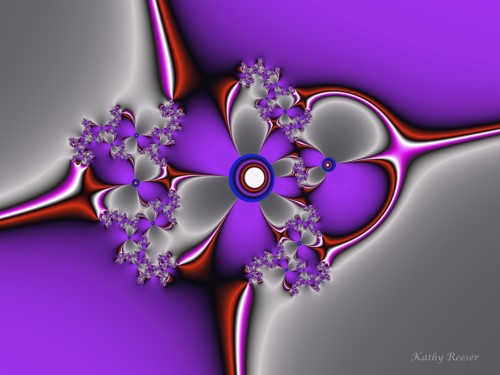
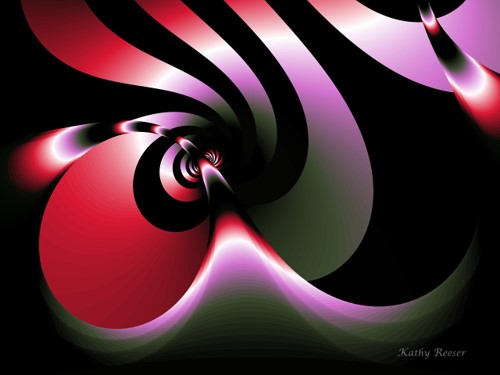
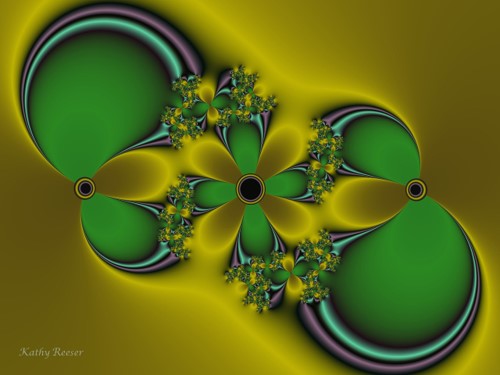
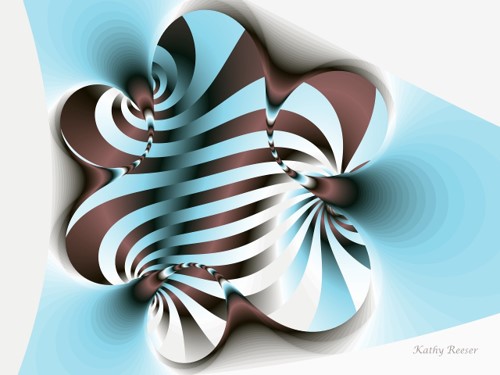
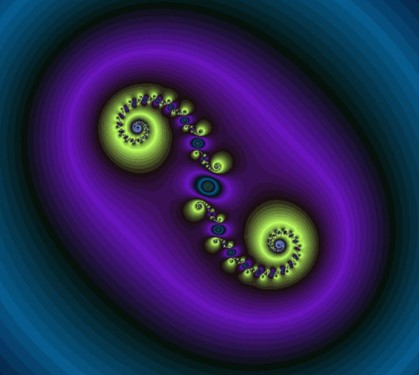
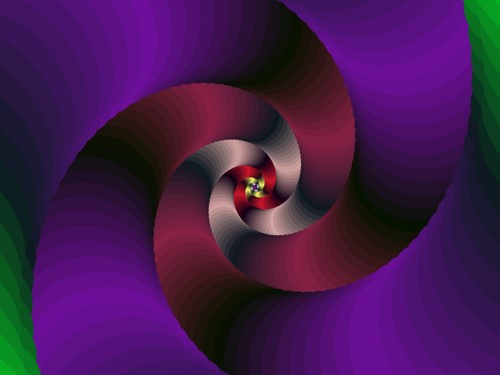
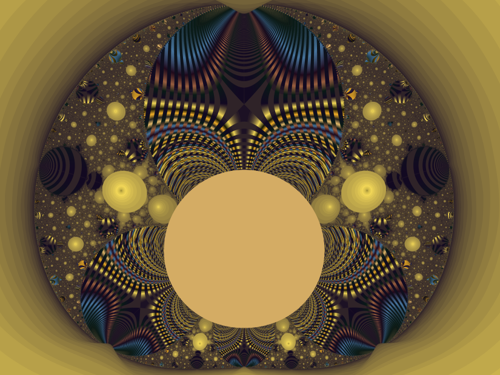
I am an avid fan of XaoS and it has a very unique fractal called Catseye. There isn't much documentation on it, I don't know where it came from, and I have no idea what the actual formula looks like. Perhaps it can be uncovered somewhere on GitHub? It has some incredible potential when varying the bailout value and the different fractal planes. Here are some designs I worked up mostly in Julia mode.
Is anyone here familiar with such a formula, is there by chance anything like it in the UF formula database?
The first picture shown is the fractal in raw form as it appears on the XaoS screen.
Thanks in advance for suggestions.







